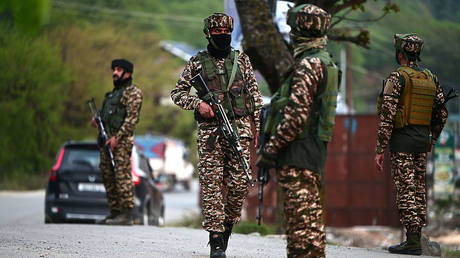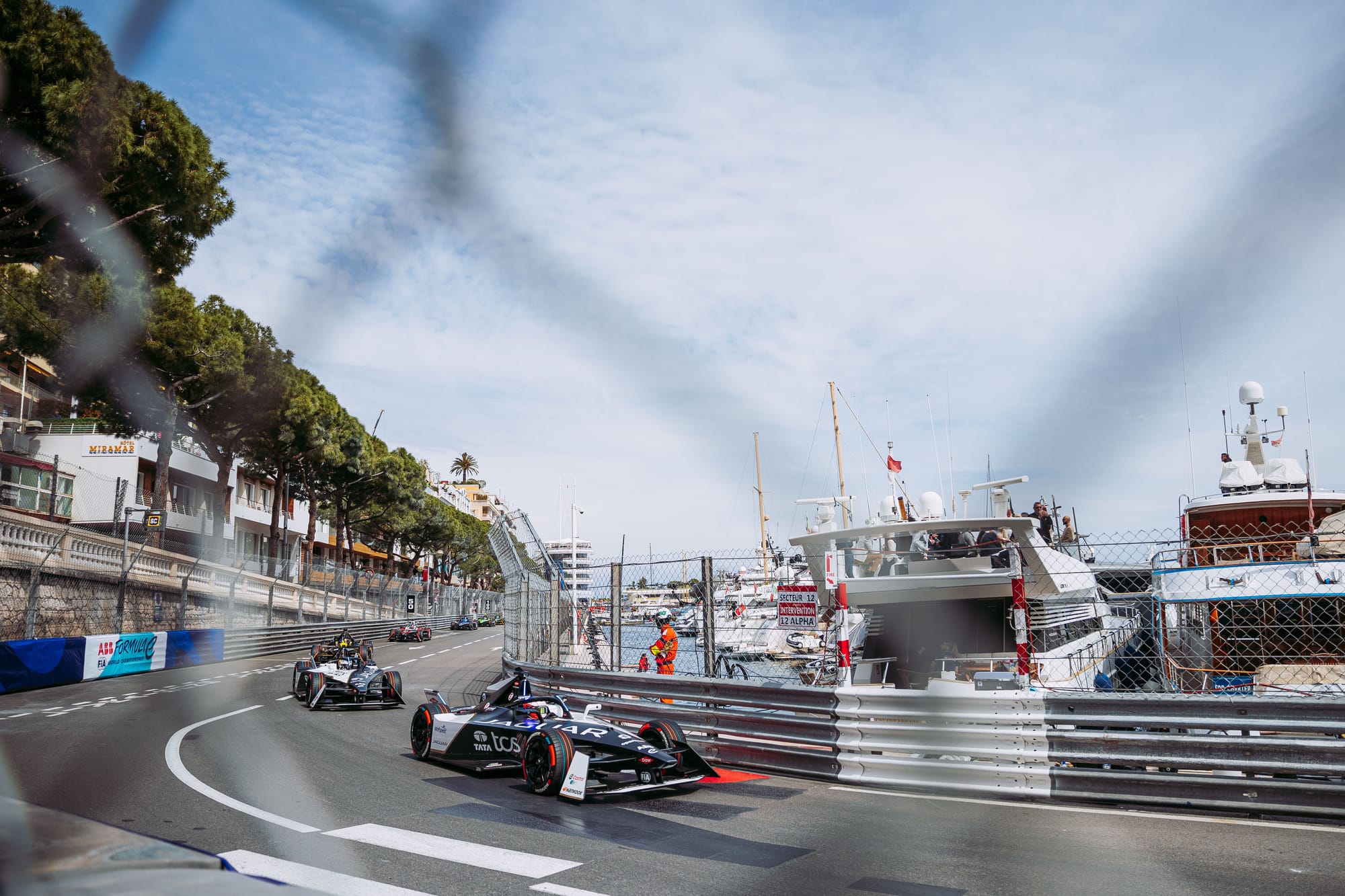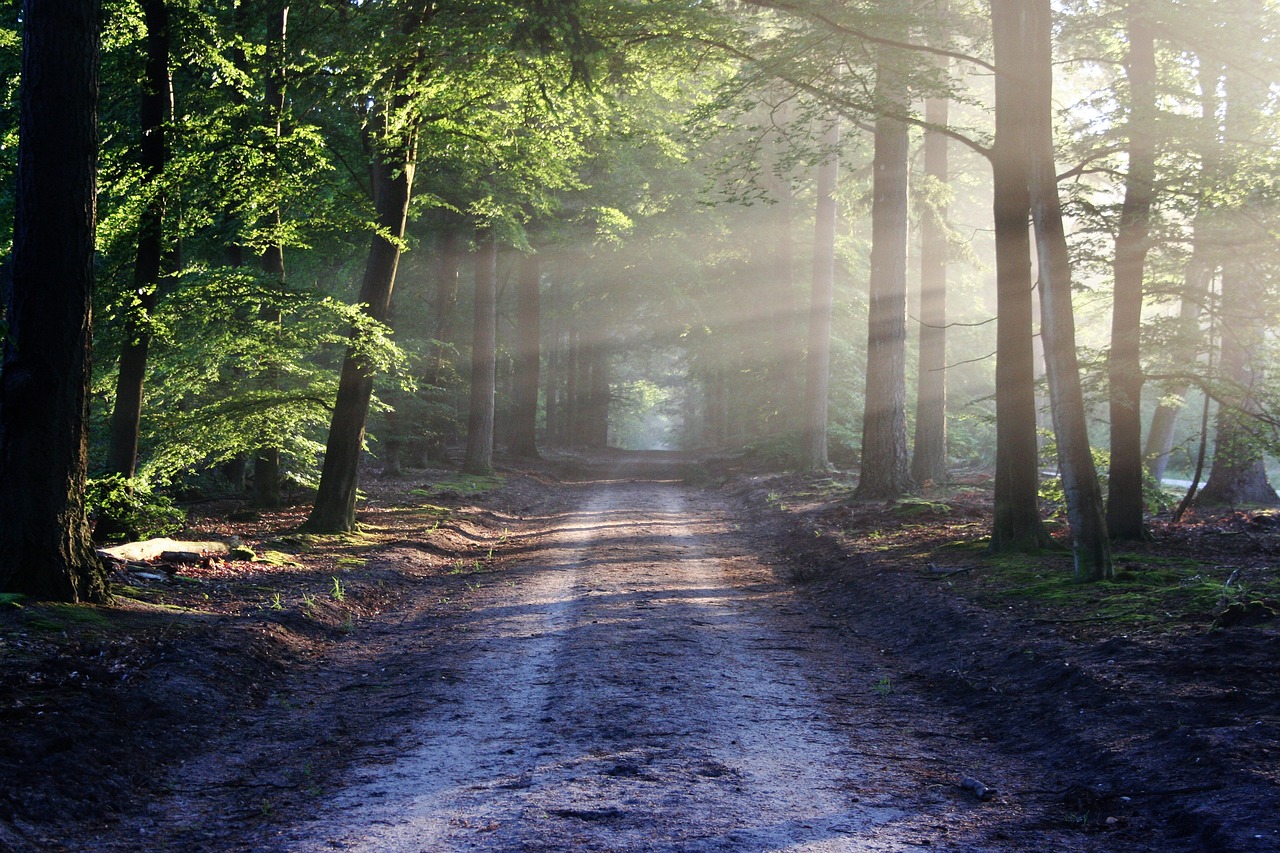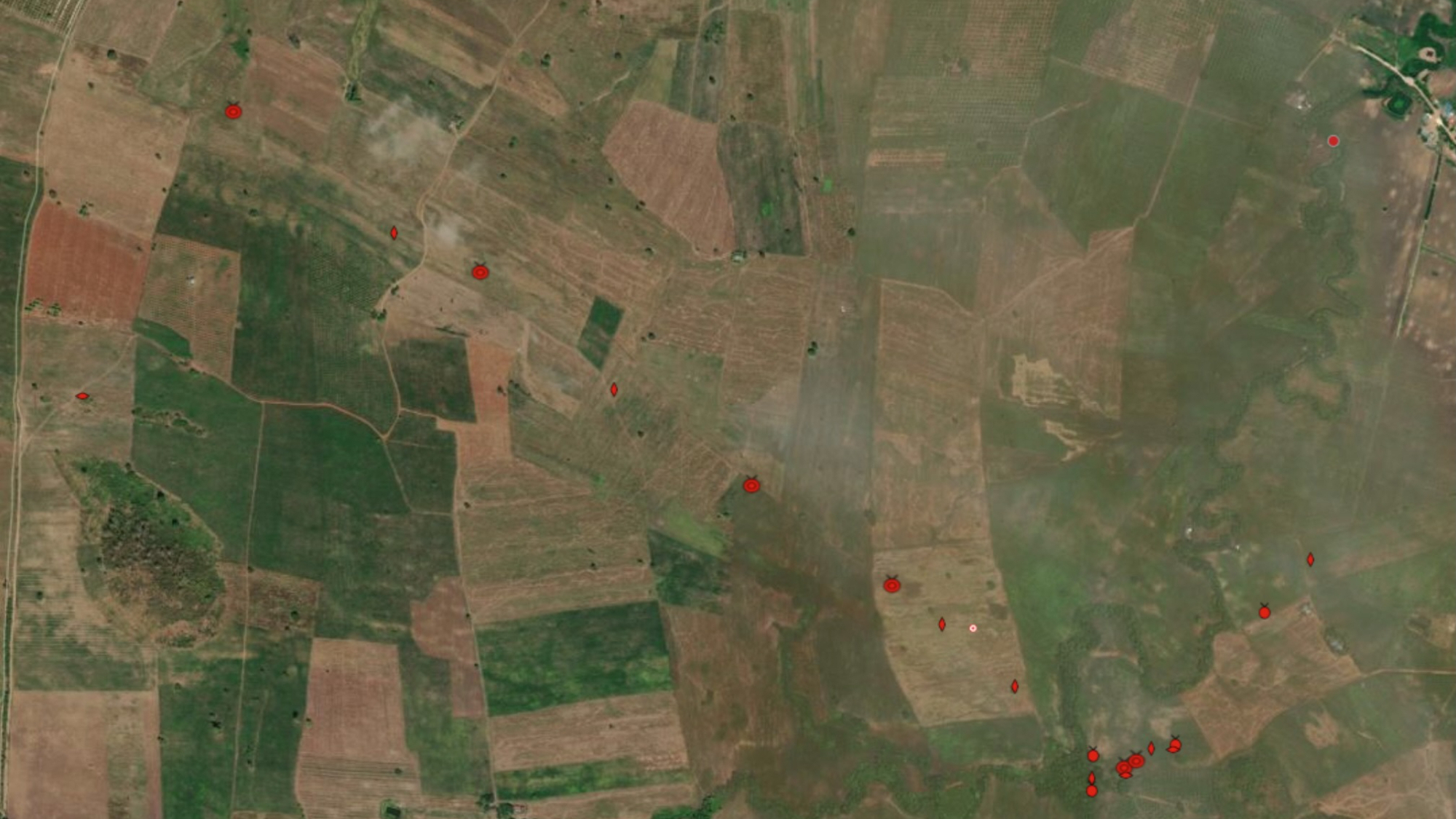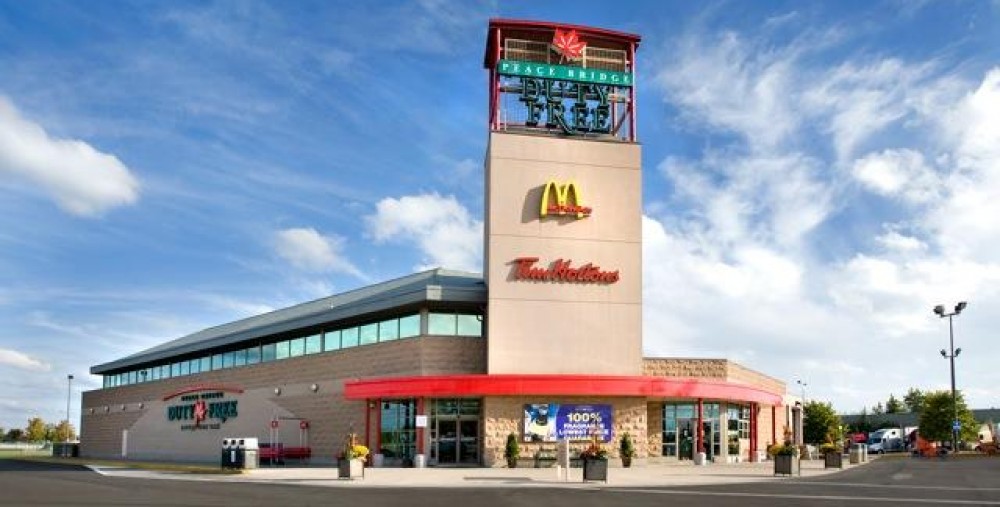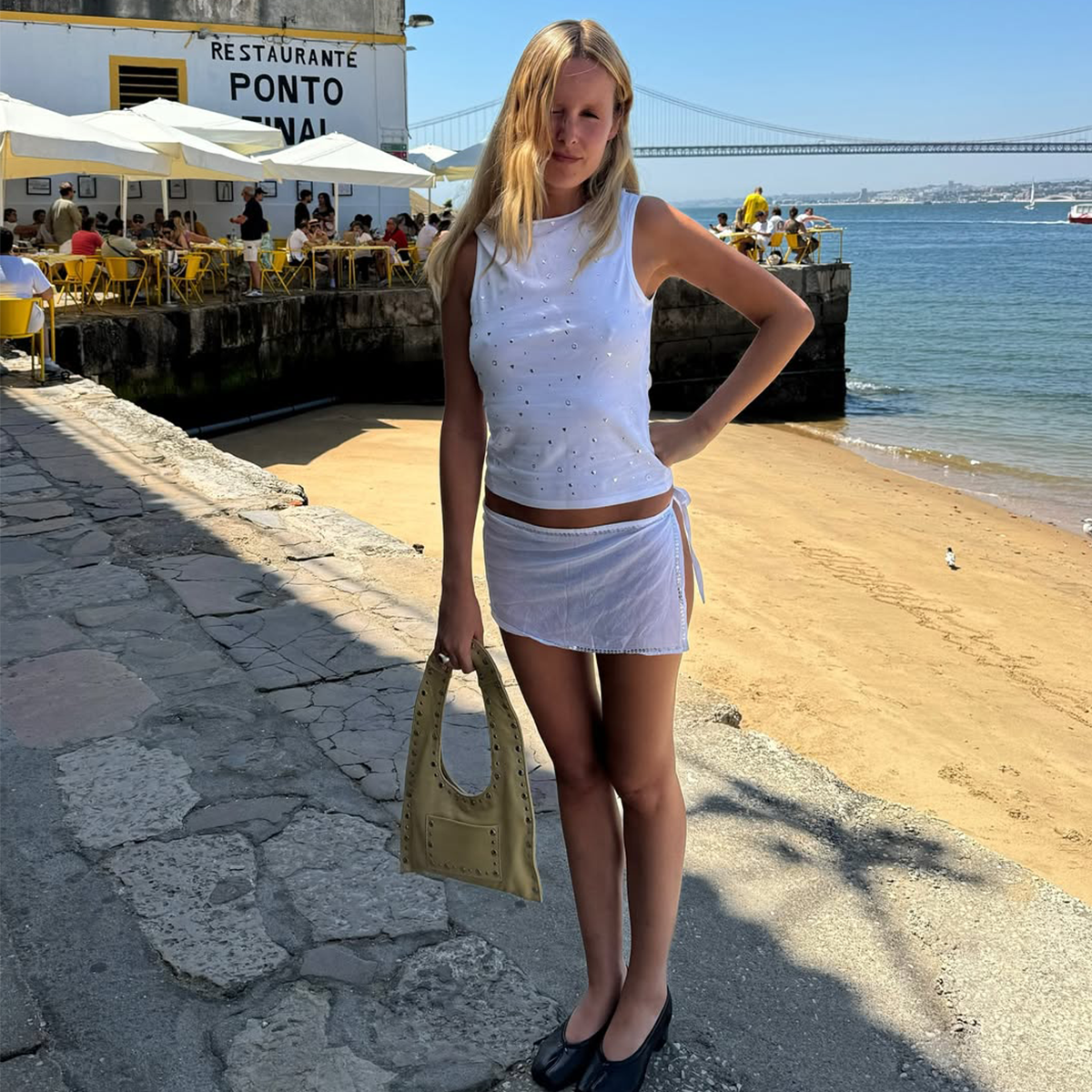O Museu Ibérico da Máscara e do Traje (Iberian Museum of Masks and Costumes) in Bragança, Portugal
For centuries, the northeastern region of Portugal, known as Tràs-os-Montes e Alto Douro, was isolated from the rest of the country by mountain ranges, protecting unique cultural traditions. Inside the walls of the ancient castle of Bragança, a charming museum introduces visitors to one such culture: The cherished mask traditions of Northeastern Portugal and the Zamora district of Spain. These folk traditions are said to have Celtic origins (or Roman, depending on who you talk to) and have been maintained over generations, protected in part by the impenetrable landscape. Over three compact floors, visitors come face to face with masks and costumes that are designed to incite fear. The museum also offers insights into the rural communities who continue to don their masks every year in events such as the Caretos of Podence. Around Christmas or Carnival, many villages have their winter and spring festivals, where shaggy-costumed, masked revelers chase locals and visitors alike.

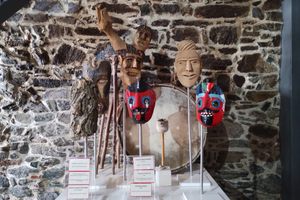
For centuries, the northeastern region of Portugal, known as Tràs-os-Montes e Alto Douro, was isolated from the rest of the country by mountain ranges, protecting unique cultural traditions. Inside the walls of the ancient castle of Bragança, a charming museum introduces visitors to one such culture: The cherished mask traditions of Northeastern Portugal and the Zamora district of Spain.
These folk traditions are said to have Celtic origins (or Roman, depending on who you talk to) and have been maintained over generations, protected in part by the impenetrable landscape. Over three compact floors, visitors come face to face with masks and costumes that are designed to incite fear. The museum also offers insights into the rural communities who continue to don their masks every year in events such as the Caretos of Podence.
Around Christmas or Carnival, many villages have their winter and spring festivals, where shaggy-costumed, masked revelers chase locals and visitors alike.




